The First Soviet Torpedo Bomber
The Ilyushin DB-3T (TsKB-53) was basically a torpedo bomber built in 1938, with either the M-86 or M-87 engine, and armed with 45-36-AN or 45-36-AV torpedoes. The idea came from the realization that the Soviet Naval Aviation lacked sufficient shore based airfields in the White and Barents seas, as well as the Pacific Ocean. One quick way to develop a new dedicated model was to use the already existing Ilyushin DB-3 deployment and modify the bomb bay to hold two airborne type torpedoes. The Soviet Navy also ordered a float plane version of the DB-3T to meet a requirement for shore based station, and so a standard production DB-3S was converted into the DB-3TP. However, it never went further than a prototype, whereas the DB-3T saw a production of around sixty.
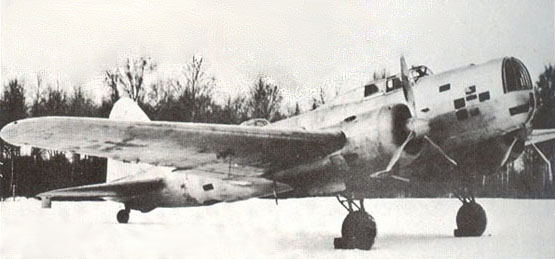
The DB-3 was developed n the same principe, as the Germans developed in 1934 their own "schnellbomber" in the general idea quite popular at the time, that the bombers "will always get through". The Germans on their side wanted to free their fighters from escort work and concentrate on hunting down enemy aviation, so the idea of a bomber so fast it could escape fighters was a popular one at the time. Another fruit of this thinking was in Britain the Bristol Blenheim and, in a sense, the Mosquito later. Given the good relations, at least on the military plan, between Nazi Germany and USSR, the idea of a "fast bomber", perfectly in line with the "deep battle" doctrine, was equally popular in the USSR and several projects were underway.
The concept started with the BB-2, Sergey Ilyushin's failed competitor to the Tupolev SB. Ilyushin managed to recycle the work and time invested in the BB-2's design, by creating a faster long-range bomber, competing later against the Tupolev DB-2, to meet stringent requirements:1,000 kg (2,200 lb) bomb load at 3,000 km (1,900 mi) and at 350 km/h (220 mph). The BB-2 received two radial Gnome-Rhône Mistral Major 14K engines (licence of a US licence design) in 1934, known as the M-85.
The prototype of the BB-2 2K-14 started at TsKB-26 as a proof-of-concept for Ilyushin to obtain an acceptable bomber, speeding up the construction process by its wooden fuselage and fin but metal wings and tail surfaces. It flew in the summer of 1935, proved to be stable, easily controllable, highly manoeuvrable, and made the first 2-engine bomber loop made ever in the Soviet Union, which impressed the commission. Better still, the new bomber set six world records in its class in payloads to height and speed over 5,000 km (3,100 mi) on a closed circuit.
Next came a more realistic bomber prototype, the TsKB-30, completed in March 1936. It was heavier but stronger with an all-metal structure, extended nose, aft-sliding canopy with fixed windscreen, improved engine cowlings. State acceptance trials were perfect, and a production awarded to Ilyushin from August 1936, as the DB-3 (Russian sources: "DB-3S" for "seriynyy" or "serially-built"). This process took time, as if the model was a pilot's delight it was neither simple nor easy to manufacture. Ilyushin pushed the limits of construction technology at the time, to make it as light as possible. The spar in each wing panel, for example, were made in four parts riveted together with numerous welds inspected by an X-ray machine, producing many failures and rejections. Internal riveting also on small-diameter tubing was time-consuming.
It was given a bomb bay with doors closed flush for ten 100 kg (220 lb) FAB-100 bombs, a heavier one could be accommodated on external racks, 2,500 kg (5,500 lb) total on short-range missions. The defensive armament comprised three 7.62 mm (0.3 in) ShKAS machine guns, nose (bombardier-navigator) and rear (gunner manned both the SU dorsal turret and LU ventral hatch). Production started at Plant No. 39 in Moscow, Plant No. 18 in Voronezh. The first had its workshop transformed into a design bureau for Sergei Ilyushin as chief designer for updating the model further.
From May to October 1937 pre-production DB-3 No. 3039002 underwent state tests at Nauchno Issledovatelyskii Institut with performance slightly inferior to that of the initial prototype. The weight increased to 14,550lb (6,600kg) giving a sea level speed of 201mph (325km/h), and then high level 242mph (390km/h) at 16,400ft (5,000m). Its service ceiling was reached in 46 minutes. The DB-3 in its production form outperformed the Junkers Ju86D and He 111B when sent to Rechlin (now Müritz Airpark in Pomerania). The He 111B indeed was 6.2 to 12.4mph (10 to 20km/h) slower at all altitudes, with a ceiling 4,600ft (1,400m) lower.
The DB-3 showed to have excellent aerodynamic qualities, and its fuel and oil capacity were equal to a-third of its maximum take-off weight. Ranges were excellent at 2,485 miles (4,000km) with a 1,102lb (500kg) bomb load or 1,926 miles (3,100km) with 2,204lb (1,000kg). In comparison, the Heinkel 111B managed 1,031 miles (1,660km) with 1,653lb (750kg) and 565 miles (910km) with 3,306lb (1,500kg). Again, the DB.3 loved it, as it was quick to take-off, climb fast, had a good stability overall with steady level flight but also when provoked deliberately, tight turns at 40* to 60* bank to escape fighters, and easy landing approach with a good visibility offered by the glassed nose.
It was rookie friendly as well, without vices, no dangerous tendencies like wing stall or arbitrary ballooning during landing. The DB-3 also performed well if loosing an engine. At a normal flying weight of 15,4321b (7,000kg), it could climb and turn in both directions on a single engine without much fuss. Pilots noted however a lack of longitudinal stability in some occurrences, which was solved by modifying the tail.
In 1937, with the help of a number of Ilyushin Design Bureau designers including A Belov, V Biryulin, M Yefimenko and A Levin, both plants delivered forty-five DB-3s, and it was accepted in service in VVS the same year. In 1937, USSR had a bomber that outperformed anything in the West, either UK, France, Italy, or the US. It had high performances and superior range, a point proved during two flights made by the specially modified TsKB-30 "Moskva" in 1938-1939. On 28/29th April 1939, pilot V Kokkinaki and navigator M Gordienko covered 4,971 miles 8,000km or 4,048 miles/6,515km straight and non-stop at 216mph (348km/h). This was taunted as a success by the Soviet aviation at that time and greatly influenced further development of the DB-3, either its airframe, engines or equipment, generating new versions. Kokkinaki wrote techniques for long range flights and crew fatigue management techniques, weather survey and communication.
This led to the development of different variants of the DB-3 (see later), constantly improved. In 1938, the M-85 engine was replaced by the M-86 rated for 950hp (708kW). Take-off performance were improved on the same top speed. From 1938, M-87As rated for 800hp (596kW) coupled with VISh-3 variable-pitch propellers contributed to massively improve all the flight regime envelope. The altitude was now of 15,500ft (4,700m). More tests by NII WS in early 1939, demonstrated improved performance with speeds up to 436km/h, ceiling of 16,300ft (4,960m) and the climb rate to that altitude fell to just 10.7 minutes. It could take off with a 21,3751b (9,696kg) load total. In 1938 factory No. 126 in Komsomolsk, was also converted to produce the DB-3 production, reaching at the time 400 aircraft. The Ilyushin Design Bureau extended applications of the DB-3, with the DB-3T variant of 1937 specialized as a naval torpedo bomber, thanks to its T18 pylon working as an external attachment point under the bomb bay. The standard 45-36 type torpedo (first number is the calibre in centimetres, second its year of introduction) carried a 440lb (200kg) warhead for a weight of 2,072lb (940kg). The DB-3T ("T" standing for "torpedonosyets", torpedo) enabled a low dropping, but also higher bombing method.
The first 45-36 AN low altitude drop was from 100ft (30m) at 198mph (320km/h). It was forbidden to drop it lower or higher due to its weak casing, which could crack when hitting the water at high speed, or just sink too deep. Low altitude torpedo bombing offered the highest probability of a hit against a target but demanded nerves of steel and skill and manoeuvrability, especially in bad weather. In high altitude torpedo bombing, the DB-3T could drop a torpedo from 1,000ft (300m), and in that case, it was modified to be parachuted down. When it touched water, the torpedo started a circle on the target’s course. The DB-3T could carry the same bomb load as regular bombers, or for dropping mines (see later). It was also used as a long-range naval reconnaissance aircraft.
The T-18 Pylon mounted on the centreline held either one 45-36AN Torpedo or one 900kg AMG-1 Sea mine. Two additional, smaller pylons flanked the T-18 one, to carry 400kg of bombs. No defensive armament was fitted during factory and evaluation trials. The DB-3TP prototype was built in early 1938 and flown by test pilot Vlad kokkinaki at Rybinsk dam. The type flew well and was recommended for production, so the Soviet naval aviation ordered 15 DB-3TPs even before field evaluation started. Evaluation trials were held for the prototype at Sevastopol, Black Sea, from June to September 1938.
The DB-3TP tested by Sukhomlin retained the type’s good handling, declaring it "well-produced as a torpedo-bomber and naval high-speed bomber and fully suited to these roles". Nevertheless, the DB-3TP was not onl a pilot's affair. The Navy wanted to know how it would fare operationally, and this led to complications: As exposed to the Navy by ground crews, the DB-3TPs had shortcomings in these areas. They included difficult maintenance and armament loading. Indeed, it was very difficult to load bombs under the pylons given the height added by the floats, as well attaching torpedoes or even service the engines while the aircraft was on the water.


A torpedo laden DB-3TP achieved a top speed of 232 Miles per hour, which was understandably slower than the Land based DB-3s due to the drag. During these tests in the summer of 1938 at a normal flying weight of 16,644lb (7,550kg) and carrying a torpedo, the DB-3TP reached a speed of 213mph (343 km/h) at 13,100ft (4,000m), and its climb rate and service ceiling were also reduced. At the time there was another model that was worked on for the same mission which had better potential, so mass production was not greenlighted and the fat of the sole DB-3TP in world war two is unclear, probably she was used as a VIP transport for the Black Sea Fleet naval staff. Indeed, these performances met estimated requirements still, and were better than the Beriev MDR-5 and Chyetverikov MDR-6 flying-boats, but there was a more promising model on study, and as said above, performances was not everything and the way the conversion worked, nothing was well-though for servicing a model that high and dancing over the waves.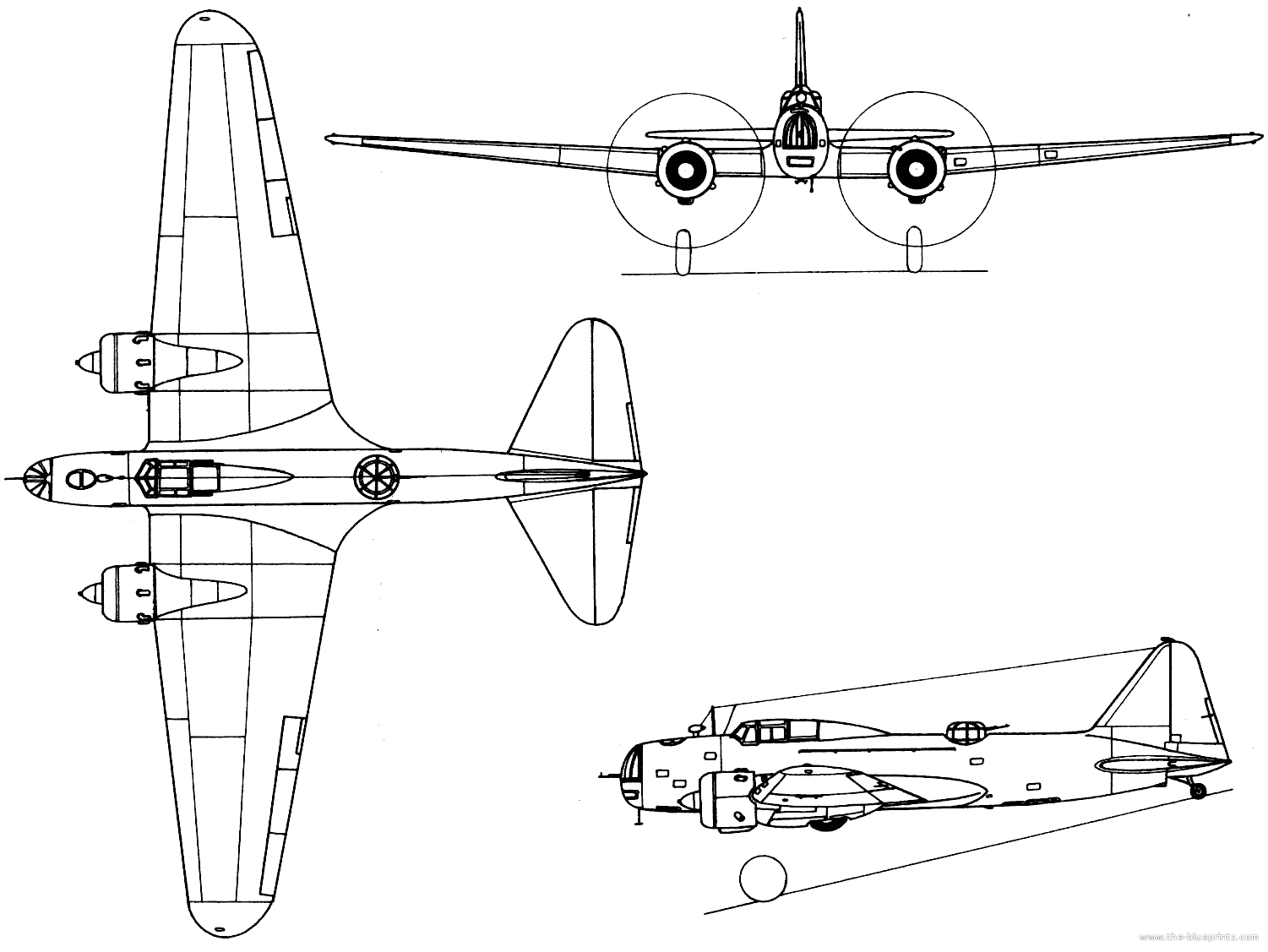
The DB-3T is basically an adapted regular DB-3 so apart some details for holding a torpedo, it was an all-regular DB-3 bomber, the first Soviet modern long-range type, nicknamed "bob" among the allies. It was very close to the next DB-4 apart its better engine and redesigned nose. Both types were declined into "T" variants, as anti-ship patrol bombers working for the Navy. The DB-3 was a modern, all metal two-engine cantilever monoplane, with a crew of just three, a pilot, a bombardier/front gunner and a dorsal gunner. The fuselage used aluminium framing and duralumin stressed skin, 14.22 m (46 ft 8 in) long with a rounded nose and narrow, constant section fuselage. The wingspan was 21.44 m (70 ft 4 in) so it had proportions of about 2/3 for maximum lift and a wing area of 65.6 m2 (706 sq ft). It was also moderately tall at 4.19 m (13 ft 9 in). Its empty weight was 5,030 kg (11,089 lb) and the initial record-breaking prototype was below 4.5 tons. Gross weight was 7,745 kg (17,075 lb) in normal use and with a max bomb load it could still take off at 9,450 kg (20,834 lb), twice its light weight.
This was due notably to a pair of Nazarov M-87 9-cylinder air-cooled radial engines rated for 709 kW (951 hp) each. Performance were quite good for this category and the era, with a maximum speed of 439 km/h (273 mph, 237 kn), with an amazing range of 3,800 km (2,400 mi, 2,100 nmi). It could also reach a service ceiling of 9,600 m (31,500 ft), at a rate of climb of 6.93 m/s (1,364 ft/min). The wing loading was 118 kg/m2 (24 lb/sq ft) and power to mass ratio was 0.18 kW/kg (0.11 hp/lb).
The armament comprised three 7.62 mm ShKAS machine guns as a base, one in the nose and a twin mount on the dorsal turret, which can be replaced when available by a 20 mm ShVAK cannon, not always fitted. More importantly, it could carry up to 2,500 kg (5,500 lb) of bombs or a single torpedo on its T18 pylon. The 45-36AN Torpedo can be swapped on this pylon by a 900kg AMG-1 Sea mine. The 45-36AN Torpedo was the standard airborne torpedo when the war broke out in 1939 when entering service. It weighted 2,061 lbs. (935 kg) for an overall length of 18.7 feet (5.7 m), carrying a 440.9 lbs. (200 kg) payload, with a range and speed ratio of 4,370 yards (4,000 m) at 39 knots, powered by Wet-heater. This low altitude aircraft torpedo was based on the 45-36N with a single speed instead of selective one and a stronger body to resist water entry.
Development: DB-3

The DB-3 was developed n the same principe, as the Germans developed in 1934 their own "schnellbomber" in the general idea quite popular at the time, that the bombers "will always get through". The Germans on their side wanted to free their fighters from escort work and concentrate on hunting down enemy aviation, so the idea of a bomber so fast it could escape fighters was a popular one at the time. Another fruit of this thinking was in Britain the Bristol Blenheim and, in a sense, the Mosquito later. Given the good relations, at least on the military plan, between Nazi Germany and USSR, the idea of a "fast bomber", perfectly in line with the "deep battle" doctrine, was equally popular in the USSR and several projects were underway.
The concept started with the BB-2, Sergey Ilyushin's failed competitor to the Tupolev SB. Ilyushin managed to recycle the work and time invested in the BB-2's design, by creating a faster long-range bomber, competing later against the Tupolev DB-2, to meet stringent requirements:1,000 kg (2,200 lb) bomb load at 3,000 km (1,900 mi) and at 350 km/h (220 mph). The BB-2 received two radial Gnome-Rhône Mistral Major 14K engines (licence of a US licence design) in 1934, known as the M-85.
The prototype of the BB-2 2K-14 started at TsKB-26 as a proof-of-concept for Ilyushin to obtain an acceptable bomber, speeding up the construction process by its wooden fuselage and fin but metal wings and tail surfaces. It flew in the summer of 1935, proved to be stable, easily controllable, highly manoeuvrable, and made the first 2-engine bomber loop made ever in the Soviet Union, which impressed the commission. Better still, the new bomber set six world records in its class in payloads to height and speed over 5,000 km (3,100 mi) on a closed circuit.
Next came a more realistic bomber prototype, the TsKB-30, completed in March 1936. It was heavier but stronger with an all-metal structure, extended nose, aft-sliding canopy with fixed windscreen, improved engine cowlings. State acceptance trials were perfect, and a production awarded to Ilyushin from August 1936, as the DB-3 (Russian sources: "DB-3S" for "seriynyy" or "serially-built"). This process took time, as if the model was a pilot's delight it was neither simple nor easy to manufacture. Ilyushin pushed the limits of construction technology at the time, to make it as light as possible. The spar in each wing panel, for example, were made in four parts riveted together with numerous welds inspected by an X-ray machine, producing many failures and rejections. Internal riveting also on small-diameter tubing was time-consuming.
It was given a bomb bay with doors closed flush for ten 100 kg (220 lb) FAB-100 bombs, a heavier one could be accommodated on external racks, 2,500 kg (5,500 lb) total on short-range missions. The defensive armament comprised three 7.62 mm (0.3 in) ShKAS machine guns, nose (bombardier-navigator) and rear (gunner manned both the SU dorsal turret and LU ventral hatch). Production started at Plant No. 39 in Moscow, Plant No. 18 in Voronezh. The first had its workshop transformed into a design bureau for Sergei Ilyushin as chief designer for updating the model further.
From May to October 1937 pre-production DB-3 No. 3039002 underwent state tests at Nauchno Issledovatelyskii Institut with performance slightly inferior to that of the initial prototype. The weight increased to 14,550lb (6,600kg) giving a sea level speed of 201mph (325km/h), and then high level 242mph (390km/h) at 16,400ft (5,000m). Its service ceiling was reached in 46 minutes. The DB-3 in its production form outperformed the Junkers Ju86D and He 111B when sent to Rechlin (now Müritz Airpark in Pomerania). The He 111B indeed was 6.2 to 12.4mph (10 to 20km/h) slower at all altitudes, with a ceiling 4,600ft (1,400m) lower.
The DB-3 showed to have excellent aerodynamic qualities, and its fuel and oil capacity were equal to a-third of its maximum take-off weight. Ranges were excellent at 2,485 miles (4,000km) with a 1,102lb (500kg) bomb load or 1,926 miles (3,100km) with 2,204lb (1,000kg). In comparison, the Heinkel 111B managed 1,031 miles (1,660km) with 1,653lb (750kg) and 565 miles (910km) with 3,306lb (1,500kg). Again, the DB.3 loved it, as it was quick to take-off, climb fast, had a good stability overall with steady level flight but also when provoked deliberately, tight turns at 40* to 60* bank to escape fighters, and easy landing approach with a good visibility offered by the glassed nose.
It was rookie friendly as well, without vices, no dangerous tendencies like wing stall or arbitrary ballooning during landing. The DB-3 also performed well if loosing an engine. At a normal flying weight of 15,4321b (7,000kg), it could climb and turn in both directions on a single engine without much fuss. Pilots noted however a lack of longitudinal stability in some occurrences, which was solved by modifying the tail.
In 1937, with the help of a number of Ilyushin Design Bureau designers including A Belov, V Biryulin, M Yefimenko and A Levin, both plants delivered forty-five DB-3s, and it was accepted in service in VVS the same year. In 1937, USSR had a bomber that outperformed anything in the West, either UK, France, Italy, or the US. It had high performances and superior range, a point proved during two flights made by the specially modified TsKB-30 "Moskva" in 1938-1939. On 28/29th April 1939, pilot V Kokkinaki and navigator M Gordienko covered 4,971 miles 8,000km or 4,048 miles/6,515km straight and non-stop at 216mph (348km/h). This was taunted as a success by the Soviet aviation at that time and greatly influenced further development of the DB-3, either its airframe, engines or equipment, generating new versions. Kokkinaki wrote techniques for long range flights and crew fatigue management techniques, weather survey and communication.
This led to the development of different variants of the DB-3 (see later), constantly improved. In 1938, the M-85 engine was replaced by the M-86 rated for 950hp (708kW). Take-off performance were improved on the same top speed. From 1938, M-87As rated for 800hp (596kW) coupled with VISh-3 variable-pitch propellers contributed to massively improve all the flight regime envelope. The altitude was now of 15,500ft (4,700m). More tests by NII WS in early 1939, demonstrated improved performance with speeds up to 436km/h, ceiling of 16,300ft (4,960m) and the climb rate to that altitude fell to just 10.7 minutes. It could take off with a 21,3751b (9,696kg) load total. In 1938 factory No. 126 in Komsomolsk, was also converted to produce the DB-3 production, reaching at the time 400 aircraft. The Ilyushin Design Bureau extended applications of the DB-3, with the DB-3T variant of 1937 specialized as a naval torpedo bomber, thanks to its T18 pylon working as an external attachment point under the bomb bay. The standard 45-36 type torpedo (first number is the calibre in centimetres, second its year of introduction) carried a 440lb (200kg) warhead for a weight of 2,072lb (940kg). The DB-3T ("T" standing for "torpedonosyets", torpedo) enabled a low dropping, but also higher bombing method.
The first 45-36 AN low altitude drop was from 100ft (30m) at 198mph (320km/h). It was forbidden to drop it lower or higher due to its weak casing, which could crack when hitting the water at high speed, or just sink too deep. Low altitude torpedo bombing offered the highest probability of a hit against a target but demanded nerves of steel and skill and manoeuvrability, especially in bad weather. In high altitude torpedo bombing, the DB-3T could drop a torpedo from 1,000ft (300m), and in that case, it was modified to be parachuted down. When it touched water, the torpedo started a circle on the target’s course. The DB-3T could carry the same bomb load as regular bombers, or for dropping mines (see later). It was also used as a long-range naval reconnaissance aircraft.
DB-3TP
The DB-3T could take off only from land bases, and sometimes these were not readily available, especially in areas covered by the Northern Fleet. In 1938, therefore, a new version, the TP (P for "floats") was designed. The DB-3TP acronym stands for "Torpedonosyets Poplavkovyi" or torpedo floatplane, with floats initially coming from the Tupolev TB-1 P, which reduced the torpedo-bomber’s performance. Later, Short floats were installed, which were better designed aerodynamically. The Navy then ordered a modified version of the DB-3S and for it, two floats were purchased from Short brothers Ltd, replacing the conventional landing gear. The main wheel wells were faired over. Handrails were mounted on both sides of the nose forward of the cockpit and on each side of the fuselage between the dorsal fairings end and the MV-3 Gun turret.The T-18 Pylon mounted on the centreline held either one 45-36AN Torpedo or one 900kg AMG-1 Sea mine. Two additional, smaller pylons flanked the T-18 one, to carry 400kg of bombs. No defensive armament was fitted during factory and evaluation trials. The DB-3TP prototype was built in early 1938 and flown by test pilot Vlad kokkinaki at Rybinsk dam. The type flew well and was recommended for production, so the Soviet naval aviation ordered 15 DB-3TPs even before field evaluation started. Evaluation trials were held for the prototype at Sevastopol, Black Sea, from June to September 1938.
The DB-3TP tested by Sukhomlin retained the type’s good handling, declaring it "well-produced as a torpedo-bomber and naval high-speed bomber and fully suited to these roles". Nevertheless, the DB-3TP was not onl a pilot's affair. The Navy wanted to know how it would fare operationally, and this led to complications: As exposed to the Navy by ground crews, the DB-3TPs had shortcomings in these areas. They included difficult maintenance and armament loading. Indeed, it was very difficult to load bombs under the pylons given the height added by the floats, as well attaching torpedoes or even service the engines while the aircraft was on the water.


A torpedo laden DB-3TP achieved a top speed of 232 Miles per hour, which was understandably slower than the Land based DB-3s due to the drag. During these tests in the summer of 1938 at a normal flying weight of 16,644lb (7,550kg) and carrying a torpedo, the DB-3TP reached a speed of 213mph (343 km/h) at 13,100ft (4,000m), and its climb rate and service ceiling were also reduced. At the time there was another model that was worked on for the same mission which had better potential, so mass production was not greenlighted and the fat of the sole DB-3TP in world war two is unclear, probably she was used as a VIP transport for the Black Sea Fleet naval staff. Indeed, these performances met estimated requirements still, and were better than the Beriev MDR-5 and Chyetverikov MDR-6 flying-boats, but there was a more promising model on study, and as said above, performances was not everything and the way the conversion worked, nothing was well-though for servicing a model that high and dancing over the waves.
Design specifics

The DB-3T is basically an adapted regular DB-3 so apart some details for holding a torpedo, it was an all-regular DB-3 bomber, the first Soviet modern long-range type, nicknamed "bob" among the allies. It was very close to the next DB-4 apart its better engine and redesigned nose. Both types were declined into "T" variants, as anti-ship patrol bombers working for the Navy. The DB-3 was a modern, all metal two-engine cantilever monoplane, with a crew of just three, a pilot, a bombardier/front gunner and a dorsal gunner. The fuselage used aluminium framing and duralumin stressed skin, 14.22 m (46 ft 8 in) long with a rounded nose and narrow, constant section fuselage. The wingspan was 21.44 m (70 ft 4 in) so it had proportions of about 2/3 for maximum lift and a wing area of 65.6 m2 (706 sq ft). It was also moderately tall at 4.19 m (13 ft 9 in). Its empty weight was 5,030 kg (11,089 lb) and the initial record-breaking prototype was below 4.5 tons. Gross weight was 7,745 kg (17,075 lb) in normal use and with a max bomb load it could still take off at 9,450 kg (20,834 lb), twice its light weight.
This was due notably to a pair of Nazarov M-87 9-cylinder air-cooled radial engines rated for 709 kW (951 hp) each. Performance were quite good for this category and the era, with a maximum speed of 439 km/h (273 mph, 237 kn), with an amazing range of 3,800 km (2,400 mi, 2,100 nmi). It could also reach a service ceiling of 9,600 m (31,500 ft), at a rate of climb of 6.93 m/s (1,364 ft/min). The wing loading was 118 kg/m2 (24 lb/sq ft) and power to mass ratio was 0.18 kW/kg (0.11 hp/lb).
The armament comprised three 7.62 mm ShKAS machine guns as a base, one in the nose and a twin mount on the dorsal turret, which can be replaced when available by a 20 mm ShVAK cannon, not always fitted. More importantly, it could carry up to 2,500 kg (5,500 lb) of bombs or a single torpedo on its T18 pylon. The 45-36AN Torpedo can be swapped on this pylon by a 900kg AMG-1 Sea mine. The 45-36AN Torpedo was the standard airborne torpedo when the war broke out in 1939 when entering service. It weighted 2,061 lbs. (935 kg) for an overall length of 18.7 feet (5.7 m), carrying a 440.9 lbs. (200 kg) payload, with a range and speed ratio of 4,370 yards (4,000 m) at 39 knots, powered by Wet-heater. This low altitude aircraft torpedo was based on the 45-36N with a single speed instead of selective one and a stronger body to resist water entry.
Variants
- TsKB-26: Proof-of-concept prototype
- TsKB-30: First real prototype. Later modified, including removal of armament, for long-range record attempts as the “Moskva”. It flew from Moscow to Spassk-Dalny (7,580 km (4,710 mi)) in 24 h 36 min (an average speed of 307 km/h (191 mph)) mostly at 7,000 m (23,000 ft) under control of Vladimir Kokkinaki and A. M. Berdyanskij, then from Moscow to New Brunswick, Canada in 22 h 56 min, covering 8,000 km (5,000 mi) at 348 km/h (216 mph) average airspeed with Kokkinaki and Mikhail Gordienko.
- DB-3/2M-85: Initial production model
- DB-3/2M-86 (DB-3A): Engines upgraded to M-86, other minor changes
- DB-3/2M-87A (DB-3B) Engines upgraded to the Tumansky M-87A
- DB-3T: Torpedo bomber built in 1938, with either the M-86 or M-87 engine, armed with 45-36-AN or 45-36-AV torpedoes.
- DB-3TP: Seaplane torpedo bomber built in 1938. No production, a few prototypes.
- DB-3M: First major upgrade powered by two M-87B or M-88 engines.
⚙ Ilyushin DB-3T specifications | |
| Gross Weight | Empty 4.298t, warload 1.000 |
| Max Takeoff weight | 6.494t |
| Lenght | 14,22m |
| Wingspan | 21,44m |
| Height | 4,19m |
| Wing Area | 65,60 m2 |
| Engine | 2x piston engine M-25, 2x780 hp |
| Top Speed, sea level | 320 kph low alt., 395 kph |
| Cruise Speed | 280 kph |
| Range | 1.800 km |
| Climb Rate | 6.93 m/s (1,364 ft/min) |
| Ceiling | 7,800 m |
| Armament | 3x 7,62 mm ShKAS LMG (2.500 rds), 45-36/39 AN Torpedo, Mine. |
| Crew | 3: Pilot; Navigator/gunner/bombardier, dorsal gunner |
Service
Not enough data, even in Soviet sources (yet). The DB-3T was deployed by a few naval squadrons along the coast. With just around 60 manufactured this means three squadrons plus spares and models kept for training, mostly operating in the Baltic and Black sea fleet. It was introduced into the Naval Aviation inventory and became the first mass produced Soviet torpedo-bomber, fully meeting all its operational requirements. Soviet Torpedo Aviation was born indeed by 1939-1940, as anti-ship asset, but also for mining enemy seaways and exits from naval bases.Gallery
Author's illustrations: Types and liveries

DB-3T in 1941
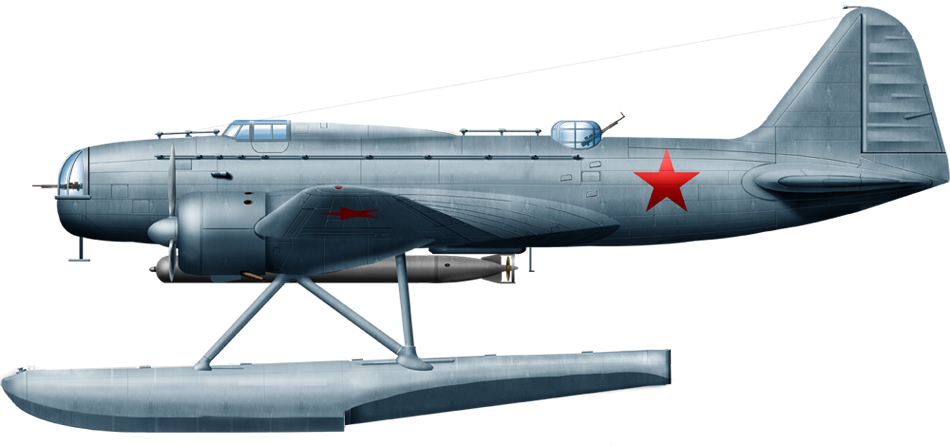
Experimental Float version DB-3TP, 1938.
Additional photos



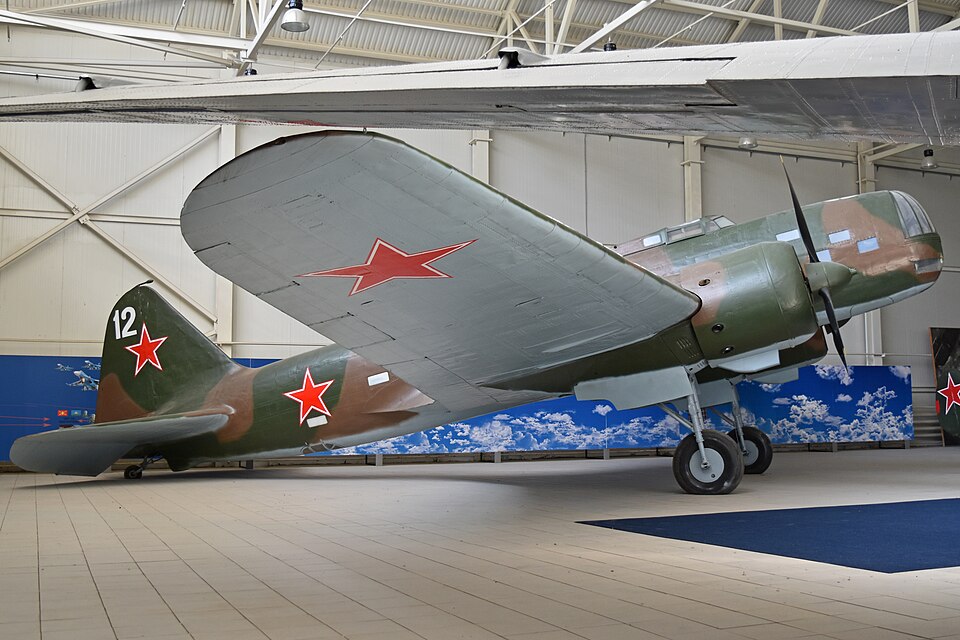
DB-3M preserved in a museum
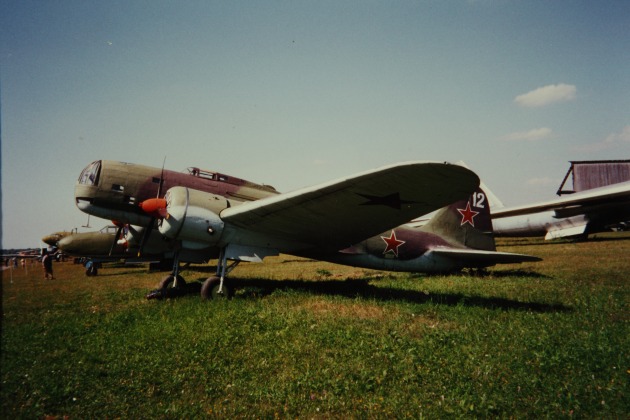

Resources
Books
Gordon, Yefim; Khazanov, Dmitri (April 1999). Soviet Combat Aircraft of WW2. Vol. 2: Twin-Engined Fighters. Earl Shilton, Midland Publishing Ltd.Gordon, Yefim; Komissarov, Dmitriy and Sergey (2004). OKB Ilyushin: A History of the Design Bureau and its Aircraft. Ian Allan.
Keskinen, Kalevi; Stenman, Kari; Niska, Klaus (1982). Venäläiset Pommittajat (Soviet Bombers). Suomen Ilmavoimien Historia. Vol. 9.
Nowarra, Heinz J.; Duval, G.R (1971). Russian Civil and Military Aircraft, 1884-1969. London: Fountain Press.
Stapfer, Hans-Heiri (2004). Ilyushin Il-4 in Action. Aircraft. Vol. 192. Carrollton, Texas: Squadron/Signal Publications.
Links
armedconflicts.comen.wikipedia.org
redstar.gr
warhistory.org
airpages.ru
Navweaps
The model corner
On scalematesVideo
- Lohner E (1913)
- Macchi M3 (1916)
- Macchi M5 (1918)
- Ansaldo ISVA (1918)
- Sopwith Baby (1916)
- Short 184 (1916)
- Fairey Campania (1917)
- Sopwith Cuckoo (1917)
- Felixstowe F.2 (1917)
- Friedrichshafen FF 33 (1916)
- Albatros W4 (1916)
- Albatros W8 (1918)
- Hanriot HD.2
- Grigorovitch M5
- IJN Farman MF.7
- IJN Yokosho Type Mo
- Yokosho Rogou Kougata (1917)
- Yokosuka Igo-Ko (1920)
- Curtiss N9 (1916)
- Aeromarine 39
- Vought VE-7
- Douglas DT (1921)
- Boeing FB.5 (1923)
- Boeing F4B (1928)
- Vought O2U/O3U Corsair (1928)
- Blackburn Blackburn (1922)
- Supermarine Seagull (1922)
- Blackburn Ripon (1926)
- Fairey IIIF (1927)
- Fairey Seal (1930)
- LGL-32 C.1 (1927)
- Caspar U1 (1921)
- Dornier Do J Wal (1922)
- Rohrbach R-III (1924)
- Mitsubishi 1MF (1923)
- Mitsubishi B1M (1923)
- Yokosuka E1Y (1923)
- Nakajima A1N (1927)
- Nakajima E2N (1927)
- Mitsubishi B2M (1927)
- Nakajima A4N (1929)
- CANT 18
WW1
✠ K.u.K. Seefliegerkorps:
 Italian Naval Aviation
Italian Naval Aviation
 RNAS
RNAS
 Marineflieger
Marineflieger
 French Naval Aviation
French Naval Aviation
 Russian Naval Aviation
Russian Naval Aviation
 IJN Air Service
IJN Air Service
 USA
USA
Interwar
 Interwar US
Interwar US
 Interwar Britain
Interwar Britain
 Interwar France
Interwar France
 Interwar Germany
Interwar Germany
 Interwar Japan
Interwar Japan
 Interwar Italy
Interwar Italy
- Curtiss SOC seagull (1934)
- Grumman FF (1931)
- Curtiss F11C Goshawk (1932)
- Grumman F2F (1933)
- Grumman F3F (1935)
- Northrop BT-1 (1935)
- Grumman J2F Duck (1936)
- Consolidated PBY Catalina (1935)
- Brewster/NAF SBN-1 (1936)
- Curtiss SBC Helldiver (1936)
- Vought SB2U Vindicator (1936)
- Brewster F2A Buffalo (1937)
- Douglas TBD Devastator (1937)
- Vought Kingfisher (1938)
- Curtiss SO3C Seamew (1939)
- Douglas SBD Dauntless (1939)
- Grumman F4F Wildcat (1940)
- F4U Corsair (NE) (1940)
- Brewster SB2A Buccaneer (1941)
- Grumman TBF/TBM Avenger (1941)
- Consolidated TBY Sea Wolf (1941)
- Grumman F6F Hellcat (1942)
- Curtiss SB2C Helldiver (1942)
- Curtiss SC Seahawk (1944)
- Grumman F8F Bearcat (1944)
- Ryan FR-1 Fireball (1944)
- Douglas AD-1 Skyraider (1945)
Fleet Air Arm
- Fairey Swordfish (1934)
- Blackburn Shark (1934)
- Supermarine Walrus (1936)
- Fairey Seafox (1936)
- Blackburn Skua (1937)
- Short Sunderland (1937)
- Blackburn Roc (1938)
- Fairey Albacore (1940)
- Fairey Fulmar (1940)
- Grumman Martlet (1941)
- Hawker sea Hurricane (1941)
- Brewster Bermuda (1942)
- Fairey Barracuda (1943)
- Fairey Firefly (1943)
- Grumman Tarpon (1943)
- Grumman Gannet (1943)
- Supermarine seafire (1943)
- Blackburn Firebrand (1944)
- Hawker Sea Fury (1944)
IJN aviation
- Aichi D1A "Susie" (1934)
- Mitsubishi A5M "Claude" (1935)
- Nakajima A4N (1935)
- Yokosuka B4Y "Jean" (1935)
- Mitsubishi G3M "Nell" (1935)
- Nakajima E8N "Dave" (1935)
- Kawanishi E7K "Alf" (1935)
- Nakajima B5N "Kate" (1937)
- Kawanishi H6K "Mavis" (1938)
- Aichi D3A "Val" (1940)
- Mitsubishi A6M "zeke" (1940)
- Nakajima E14Y "Glen" (1941)
- Nakajima B6N "Jill" (1941)
- Mitsubishi F1M "pete" (1941)
- Aichi E13A Reisu "Jake" (1941)
- Kawanishi E15K Shiun "Norm" (1941)
- Nakajima C6N Saiun "Myrt" (1942)
- Yokosuka D4Y "Judy" (1942)
- Kyushu Q1W Tokai "Lorna" (1944)
Luftwaffe
- Arado 196 (1937)
- Me109 T (1938)
- Blohm & Voss 138 Seedrache (1940)
Italian Aviation
- Savoia-Marchetti S.55
- IMAM Ro.43/44
- CANT Z.501 Gabbiano
- CANT Z.506 Airone
- CANT Z.508
- CANT Z.511
French Aeronavale
- GL.300 (1926-39)
- Levasseur PL.5 (1927)
- Potez 452 (1935)
- Loire 210 (1936)
- Loire 130 (1937)
- LN 401 (1938)
Soviet Naval Aviation
- Shavrov SH-2 (1928)
- Tupolev TB-1P (1931)
- Beriev MBR-2 (1930)
- Tupolev MR-6 (1933)
- Tupolev MTB-1 (1934)
- Beriev Be-2 (1936)
- Polikarpov I16 naval (1936)
- Tupolev MTB-2 (1937)
- Ilyushine DB-3T/TP (1937)
- Beriev Be-4 (1940)
-
Skoda Š-328V
R-XIII Idro
Fokker C.XI W (1934)
WW2
- De Havilland Sea Vixen
- Hawker Sea Hawk
- Supermarine Scimitar
- Blackburn Buccaneer
- Hawker Sea Harrier
- Douglas A4 Skyhawk
- Grumman F9F Panther
- Vought F8 Crusader
- McDonnell-Douglas F-4 Phantom-II
- North Am. A5 Vigilante
- TU-142
- Yak 38 forger
☢ Cold War
✧ NATO
 Fleet Air Arm
Fleet Air Arm
 US Navy
US Navy
☭ Warsaw Pact
Merch

Seafire Mark 45; HMS Pretoria Castle
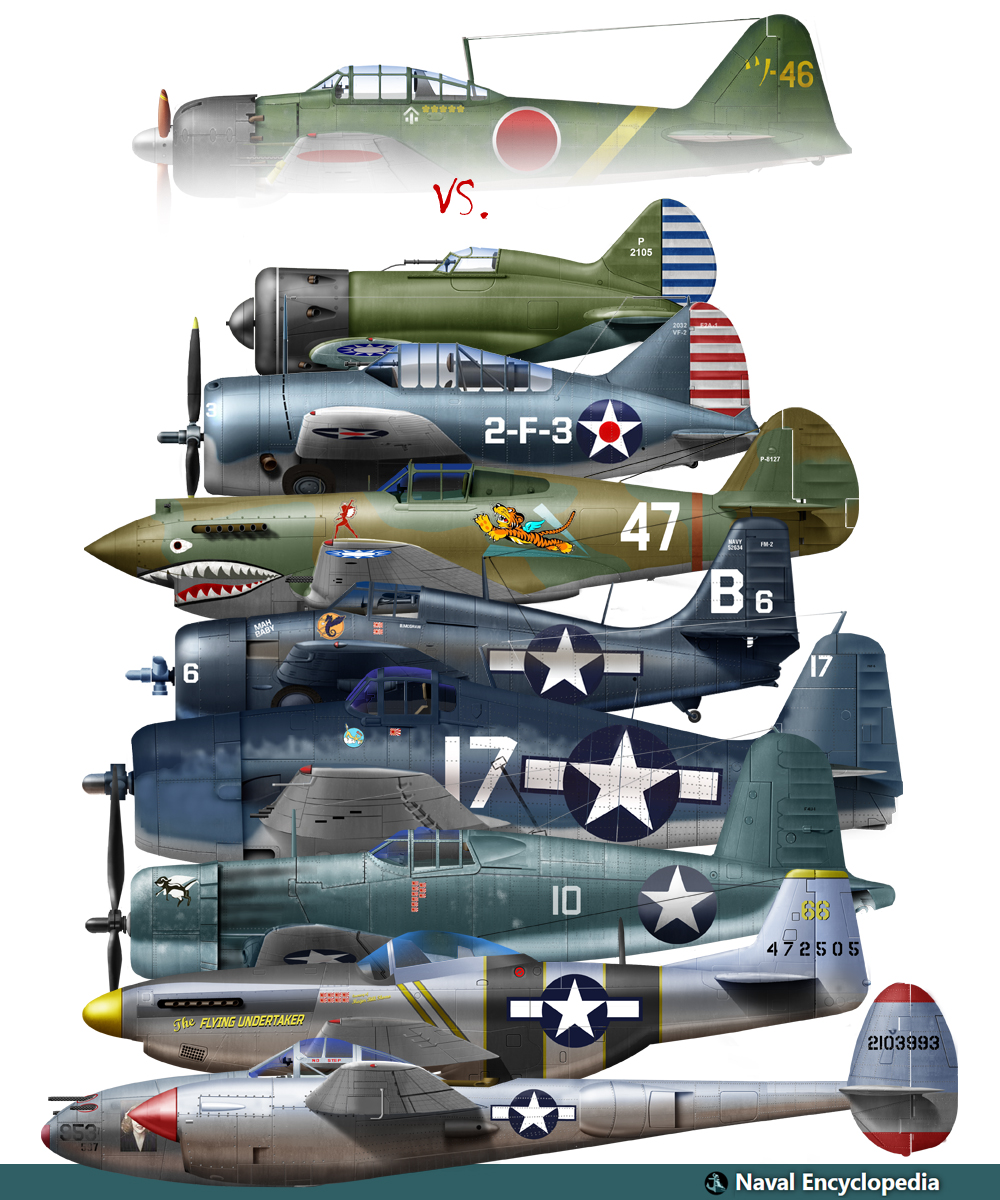
Zeros vs its aversaries
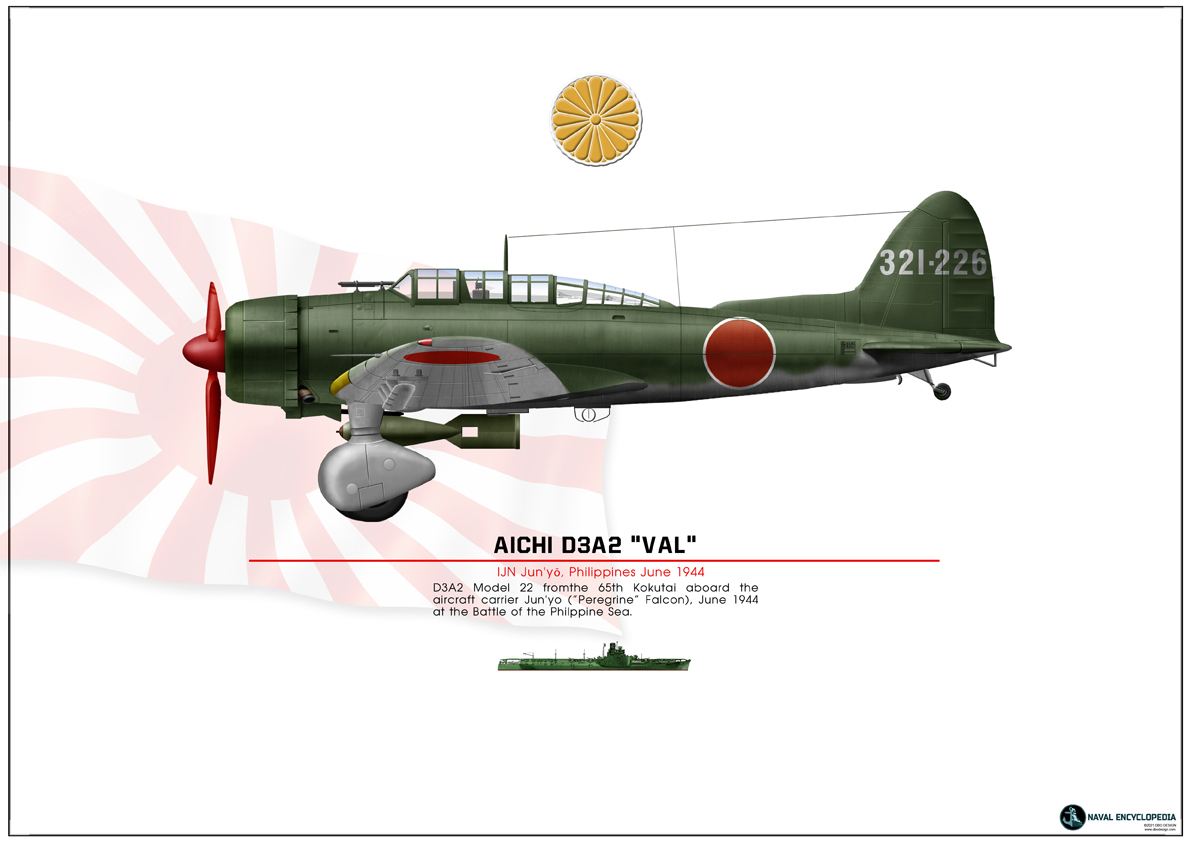
Aichi D3A “Val” Junyo
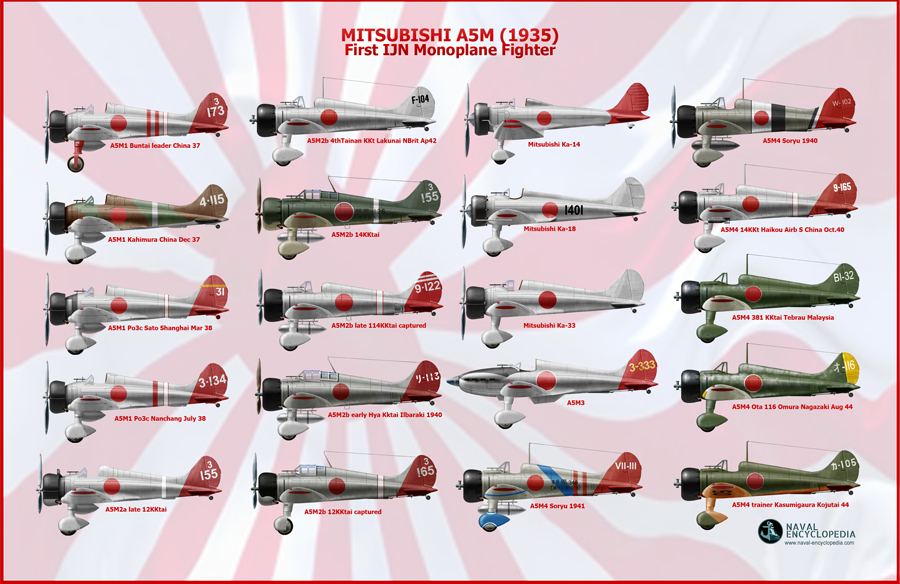
Mitsubishi A5M poster
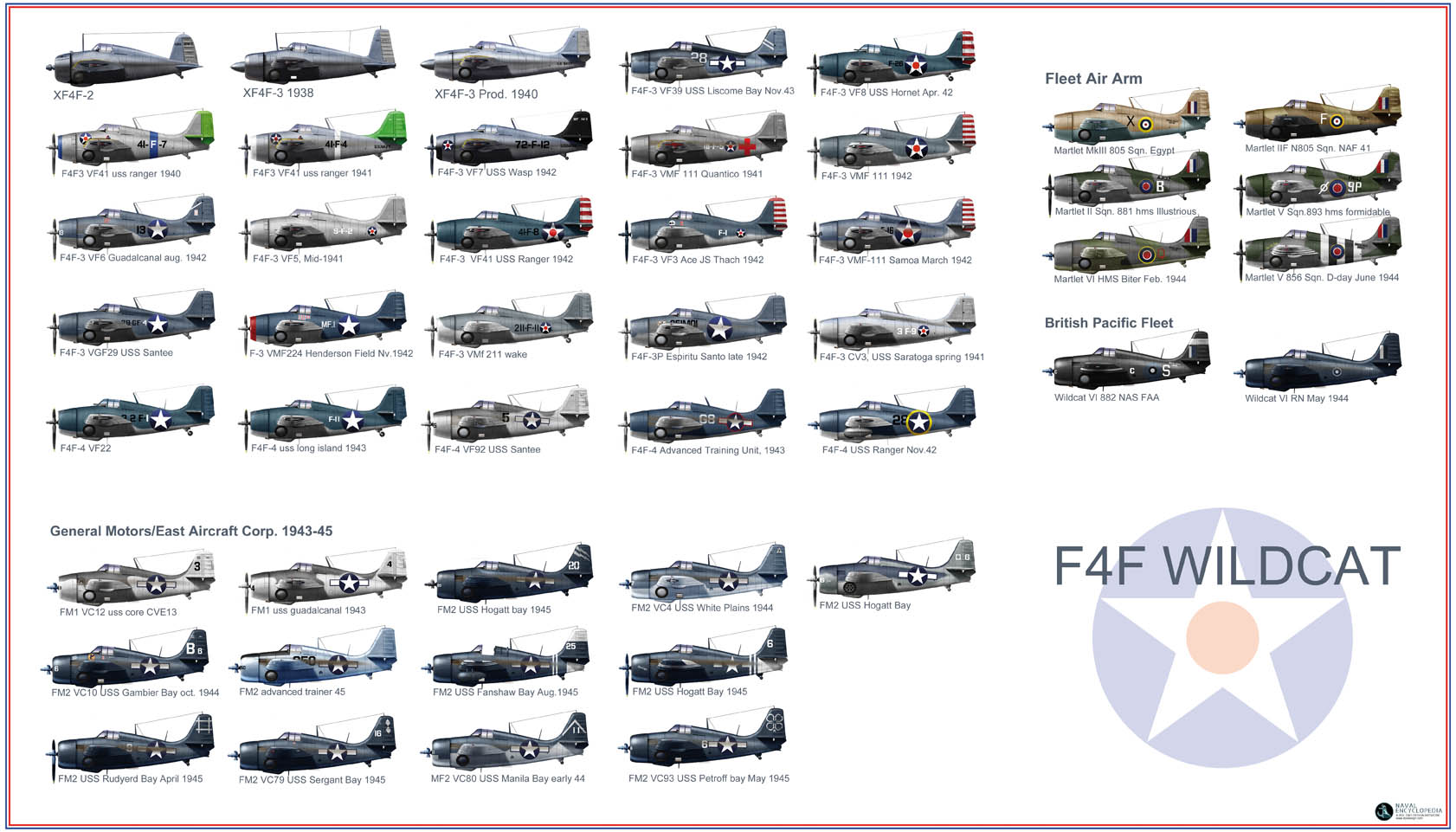
F4F wildcat
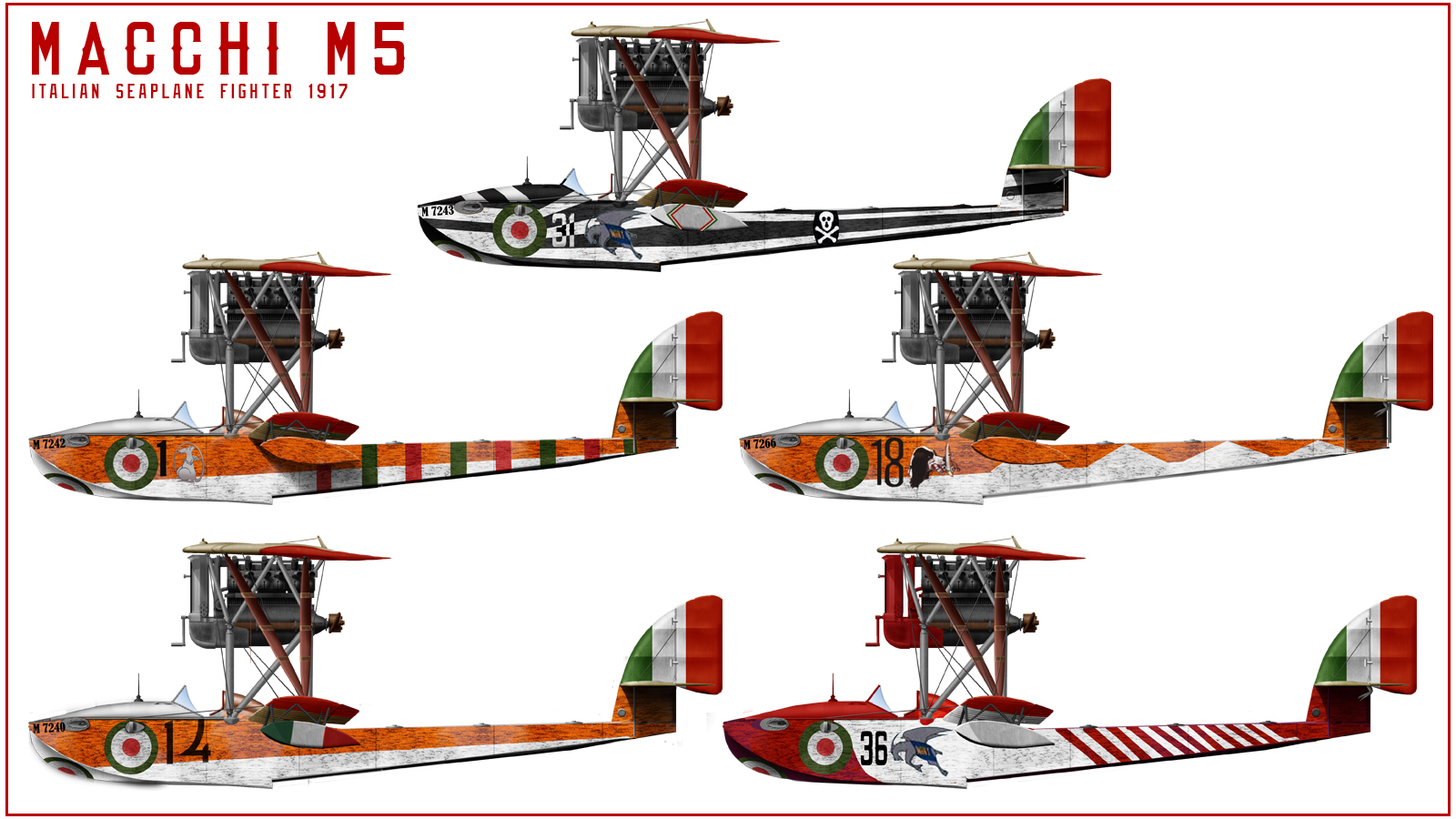
Macchi M5
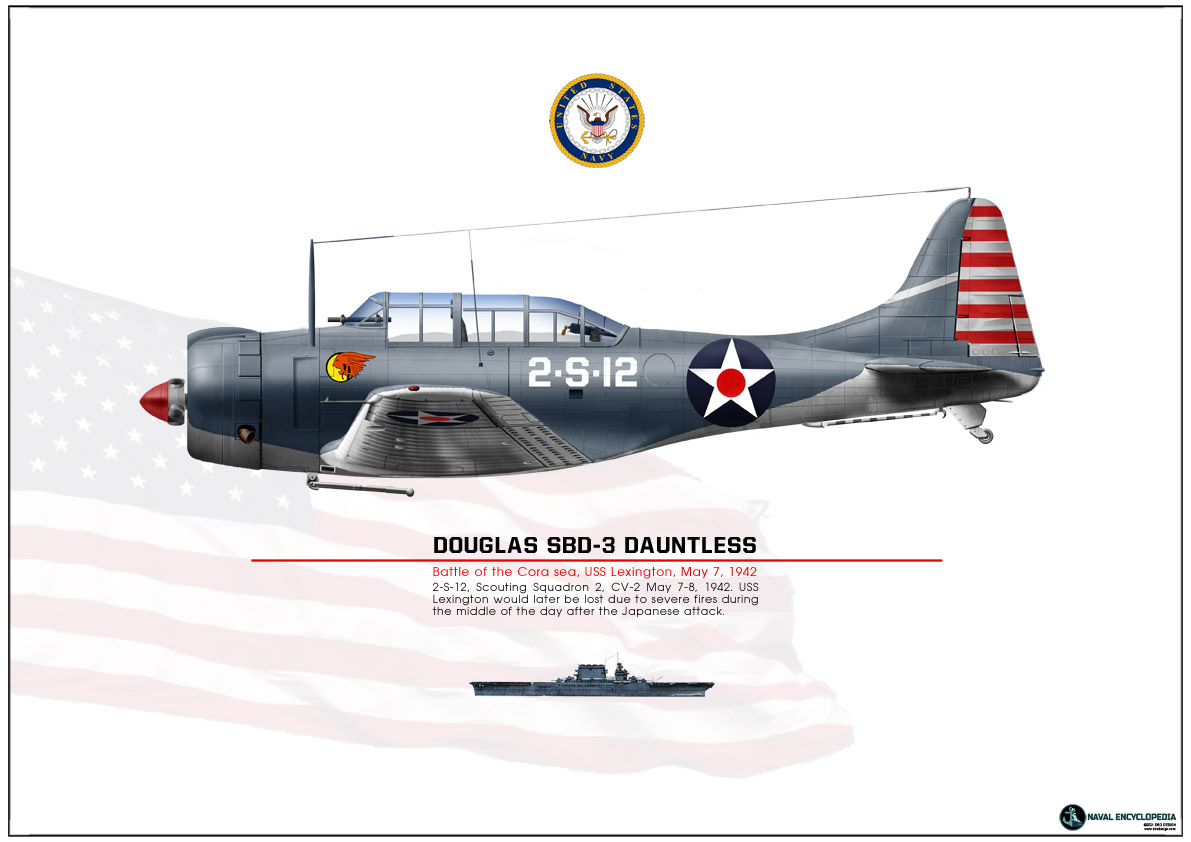
SBD Dauntless Coral Sea
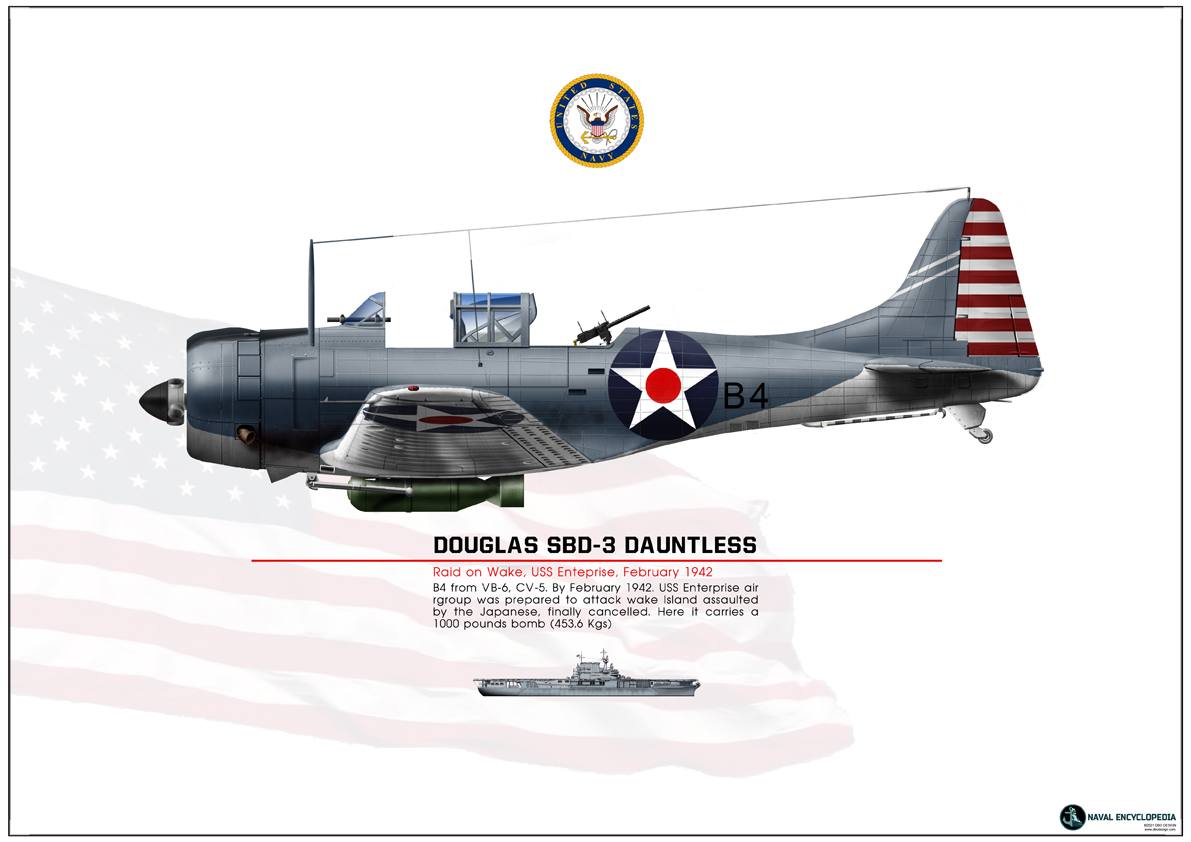
SBD Dauntless USS Enterprise
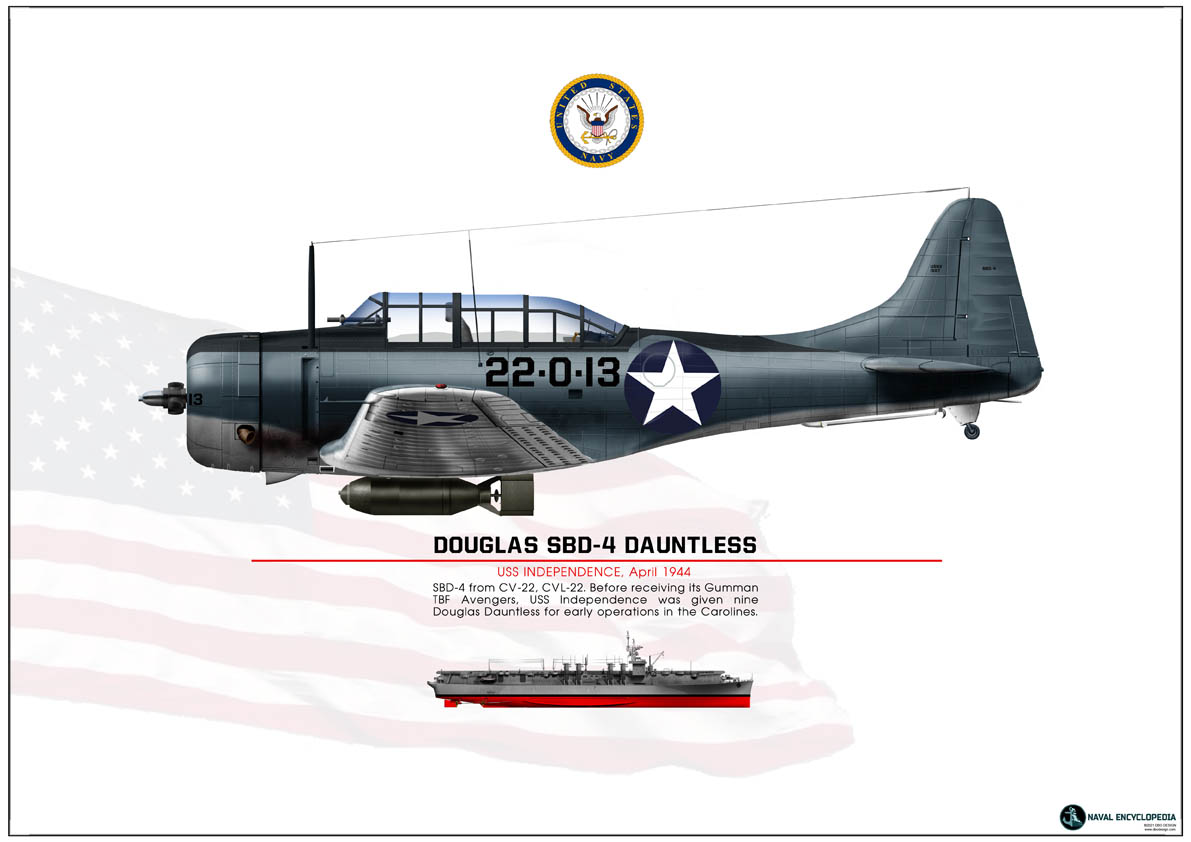
SBD-4 CV22
